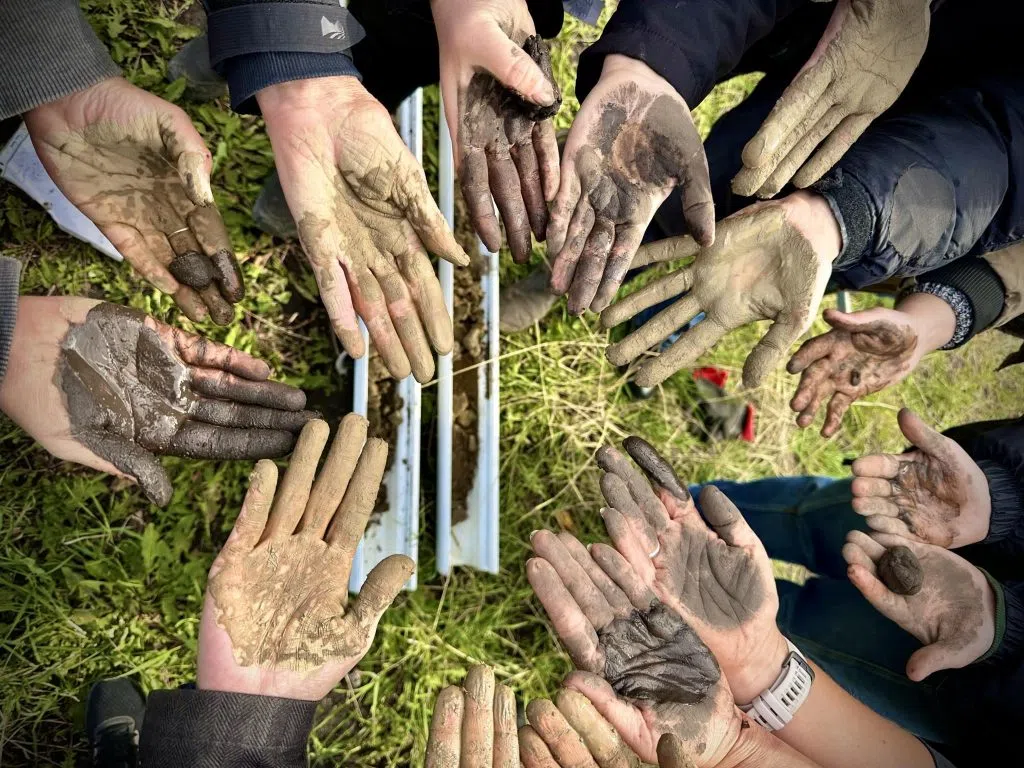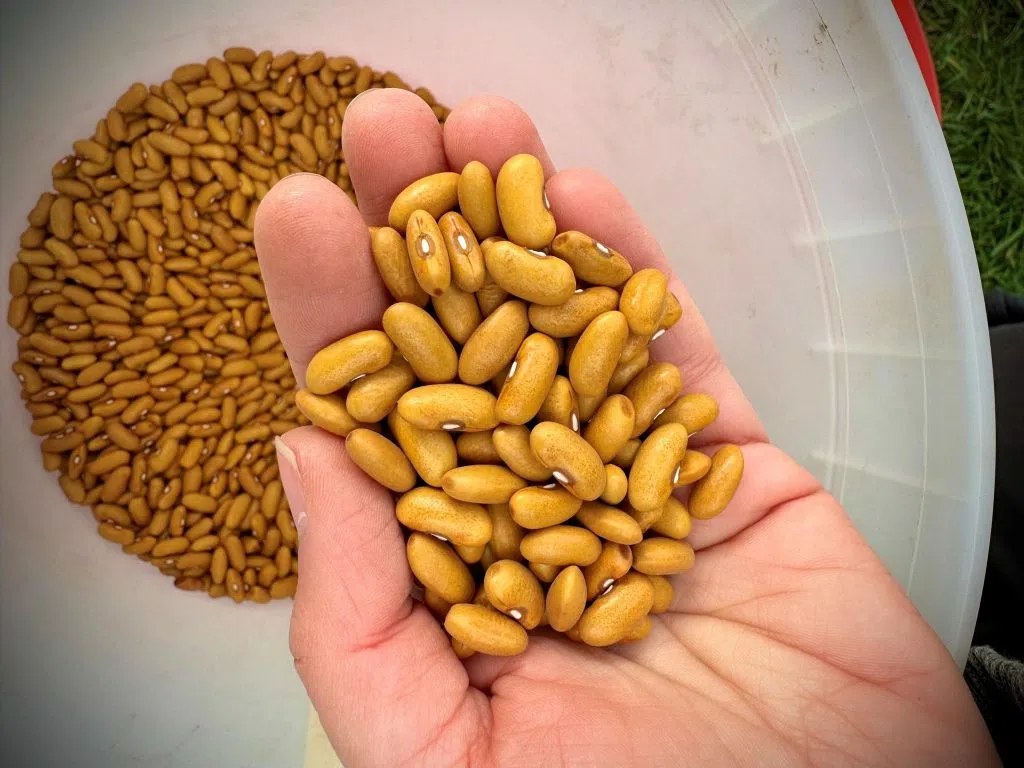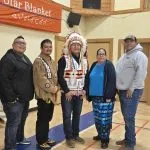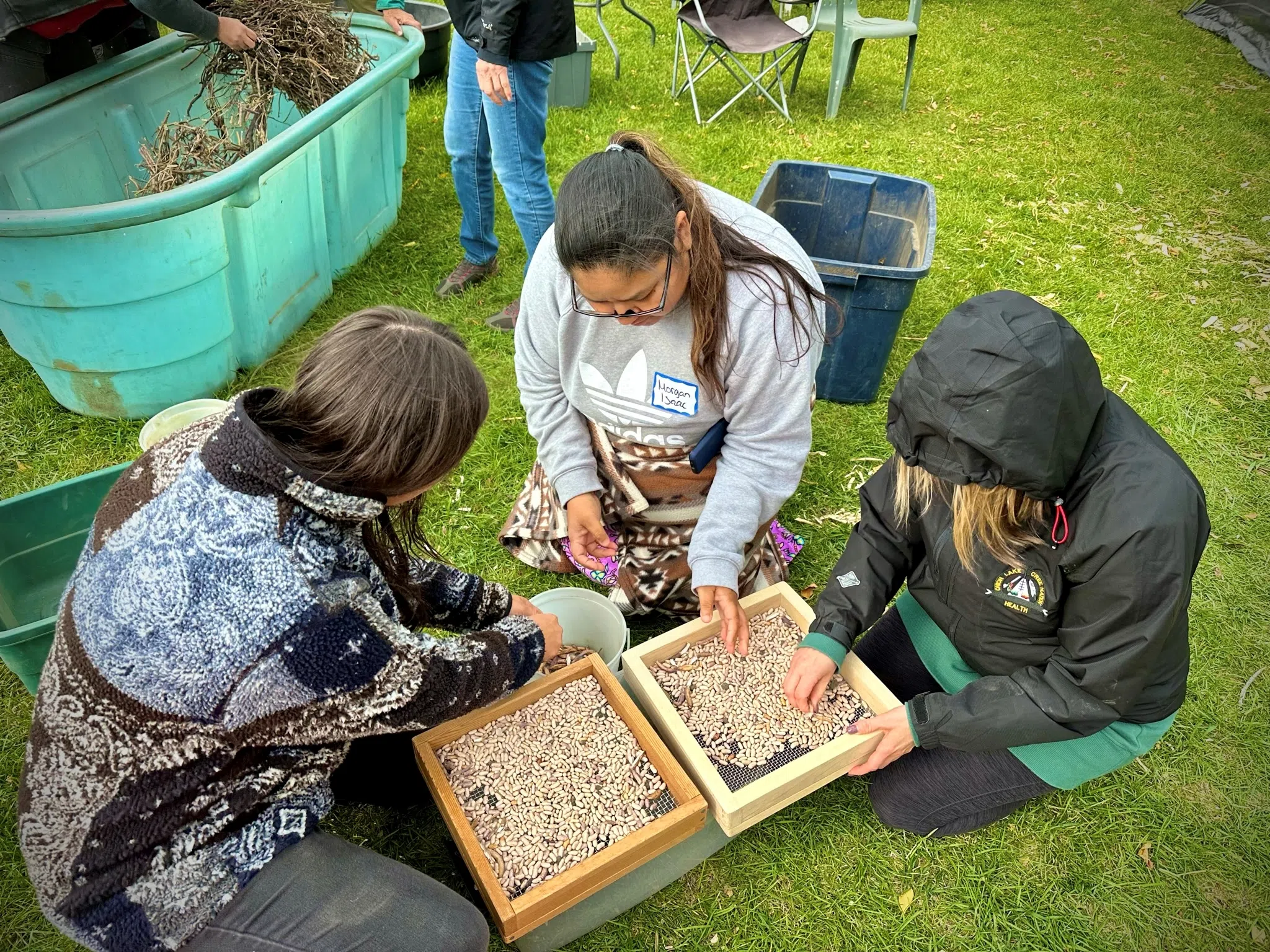
Every seed has a story that needs to be heard
Don’t throw away your seeds, because they hold valuable ancient agricultural knowledge.
It’s one of the key messages from the 13 Moons Food and Seed Sovereignty learning circle project from SAGE – ē kanātahk askiy (it is a clean earth), which is focused on seed and food sovereignty for the Indigenous people living on the prairies.
“A seed is like us,” said Glenda Abbott, with the International Buffalo Relations Institute. “What we go through in life can weather us.”
“A seed can hold a memory if they go through a period of drought or are impacted by insects, it holds those different types of stories.” – Abbott
SAGE is a collaborative project between the International Buffalo Relations Institute and the University of Saskatchewan and funded by the Weston Family Foundation.
A seed’s narrative is very telling and can be a source of great knowledge, explained Abbott.
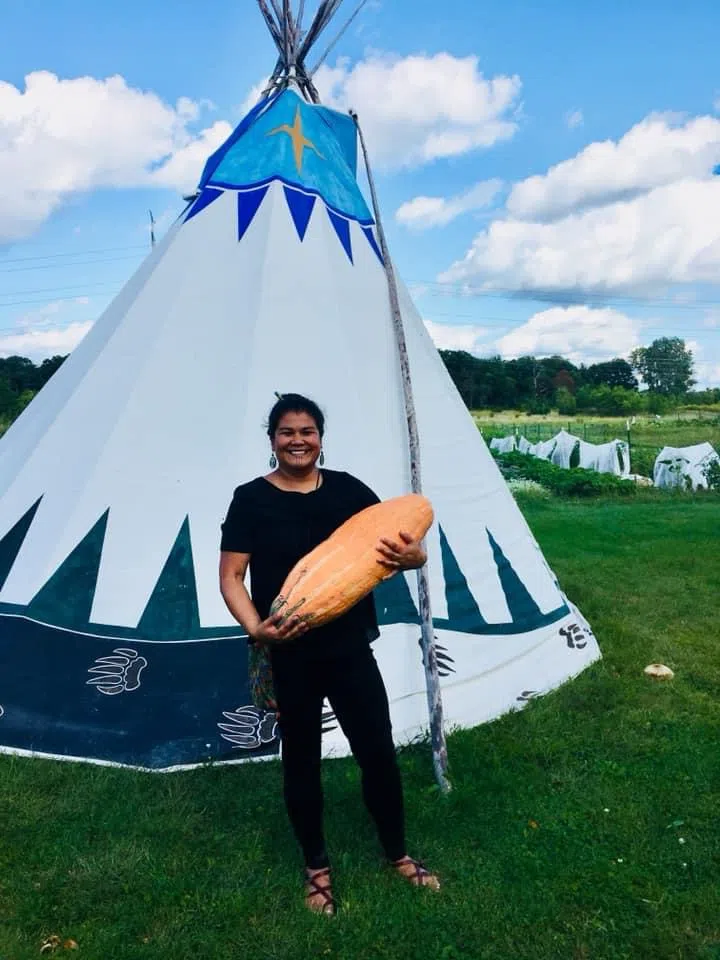
“They can develop an internal wisdom and knowledge in how to survive year after year – this is why we might choose to save seeds.” – Abbott
The learning circle will spend the next 13 moons sharing knowledge and strategies with First Nations people and communities currently involved in or planning to start community gardens.
“We want people to remember why it’s so important to have food in our backyards,” said Abbott. “I think since COVID, people are waking up to the idea.”
She believes communities and individuals are hungry for the knowledge SAGE offers.
In addition to the 13 Moons Food and Seed Sovereignty project, SAGE provides free workshops, and training to people interested in developing better relationships with the land where their food is grown.
This includes sharing information on soil and agroecosystem health from both Indigenous and western science perspectives. The goal is to develop Indigenous agroecosystems that foster soil health, biodiversity, and resiliency to climate change.
“I think we’re in a period where people are starting to have a deeper understanding of the vulnerabilities of our food system,” said Abbott.
